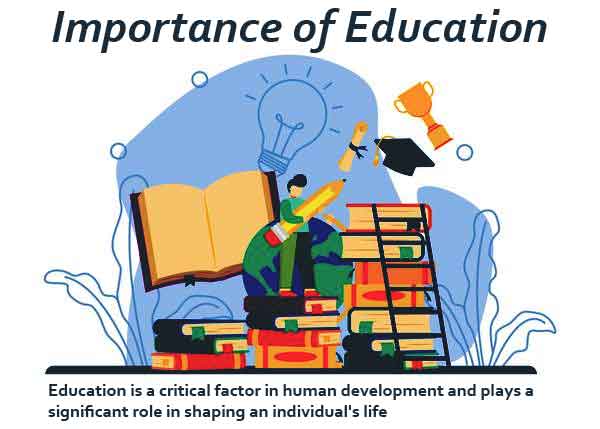The Red Cross: A Global Humanitarian Organization Dedicated to Saving Lives
The International Red Cross and Red Crescent Movement, commonly known as the Red Cross, is a global humanitarian organization dedicated to saving lives, reducing suffering, and protecting human dignity, especially during times of war, conflict, and disaster. In this article, we will delve into the history, mission, and impact of the Red Cross.
History of the Red Cross
The Red Cross was founded in 1863 by Swiss businessman and philanthropist Henry Dunant, who was inspired by the suffering he witnessed during a battle in Solferino, Italy. Dunant organized local volunteers to care for the wounded and established a network of neutral aid agencies to assist in times of war.
The Red Cross movement grew rapidly, and today there are over 190 national societies around the world, with millions of volunteers and staff members providing assistance to those in need.
Mission and Activities
The Red Cross has a wide range of activities and programs that are aimed at fulfilling its humanitarian mission. These include:
- Disaster response: The Red Cross provides emergency assistance to people affected by disasters such as earthquakes, hurricanes, and floods. This includes providing food, shelter, medical care, and other essential services.
- Health and safety: The Red Cross promotes health and safety through training programs, blood drives, and support for people with chronic diseases.
- Support for the military: The Red Cross provides support to military personnel and their families, including emergency financial assistance, counseling, and other services.
- Restoring family links: The Red Cross helps people separated by conflict or disaster to locate missing family members and to communicate with each other.
- Advocacy and education: The Red Cross advocates for humanitarian values and works to promote respect for international humanitarian law. It also provides educational programs for young people and adults on topics such as disaster preparedness, health and safety, and conflict resolution.
Impact and Recognition
The Red Cross has had a profound impact on the lives of millions of people around the world. Its volunteers and staff members have provided essential assistance to people affected by disasters and conflicts, saving countless lives and reducing suffering.
The Red Cross has also been recognized for its humanitarian work. It has been awarded numerous honors, including the Nobel Peace Prize, and its emblem, the red cross on a white background, has become a symbol of hope and humanitarianism around the world.
Conclusion
The Red Cross is a global humanitarian organization that is dedicated to saving lives, reducing suffering, and protecting human dignity. Its mission and activities have had a profound impact on the lives of millions of people around the world, and its volunteers and staff members continue to work tirelessly to provide assistance to those in need. The Red Cross serves as a shining example of the power of compassion and the importance of humanitarian values.
![]()





